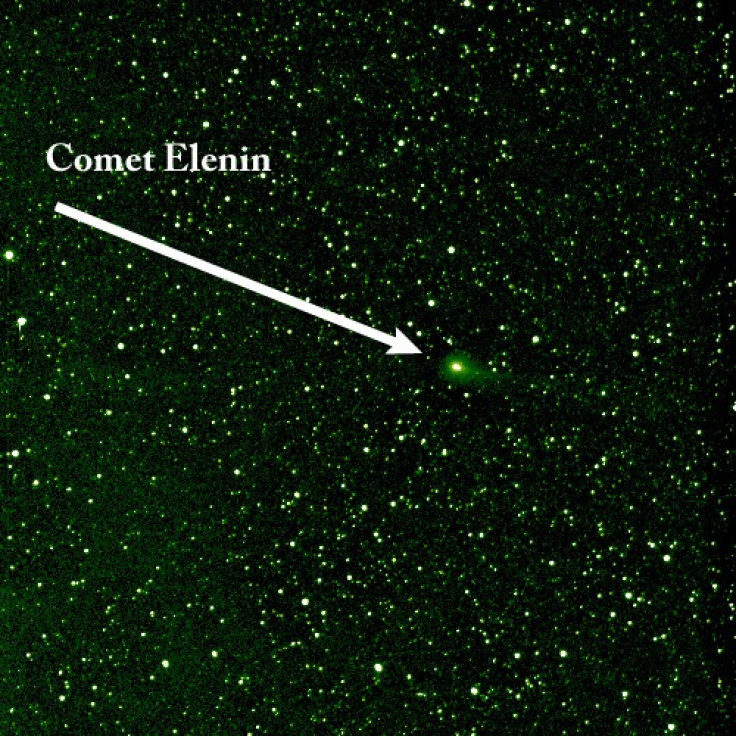Doomsday Comet Elenin Passes by Earth Sunday Mostly Unnoticed

Comet Elenin, an icy comet described by some as a 'Doomsday Comet' and the latest to swing by our inner solar system, closely passed by Earth early Sunday. It was estimated that Elenin would pass about 22 million miles (35 million kilometres) from Earth.
Comet Elenin, officially known as C/2010 X1 Elenin, was discovered by and named after Russian amateur astronomer Leonid Elenin. He spotted the 3- to 5-mile wide chunk of space ice in December 2010. Since his discovery, doomsday prophets were saying that Comet Elenin would cause catastrophe on Earth. However, Comet Elenin made it closest approach to Earth early Sunday morning right before sunrise.
Comet Elenin began disintegrating in August when it encountered some of the sun's solar flares. It reached its closest point to the sun on Sept. 10.
Folks are having trouble finding it, so I think it's probably dead and gone, said astronomer Don Yeomans of the Near-Earth Object Program Office at NASA's Jet Propulsion Laboratory in Pasadena, Calif.
That is an indication that Comet Elenin's passage on Sunday probably didn't offer much for skywatchers, scientists have said.
Astronomers said that the remains of Elenin won't pass this way again for 12,000 years.
NASA has said it didn't give Elenin much press because it is small and faint. The space agency has also dismissed doomsday rumors noting that Comet Elenin was too small to cause damage.
Any approximate alignments of comet Elenin with other celestial bodies are meaningless, and the comet will not encounter any dark bodies that could perturb its orbit, nor will it influence us in any way here on Earth, Yeomans has said.
Also Read: Germany's Defunct ROSAT Satellite Fall Site Remains a Mystery
© Copyright IBTimes 2024. All rights reserved.












